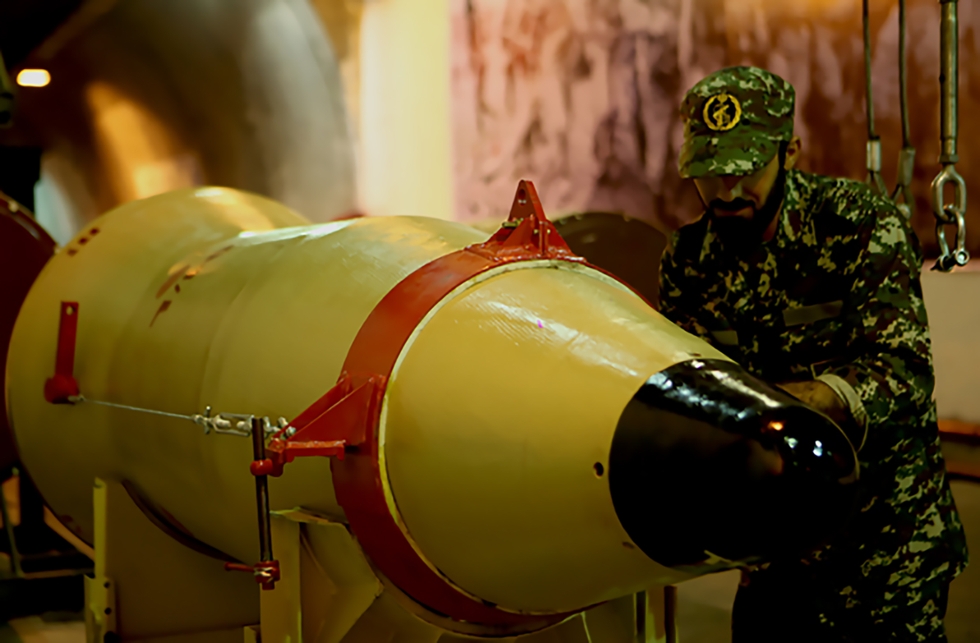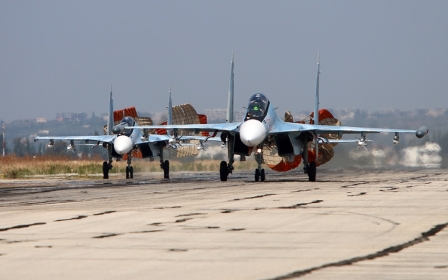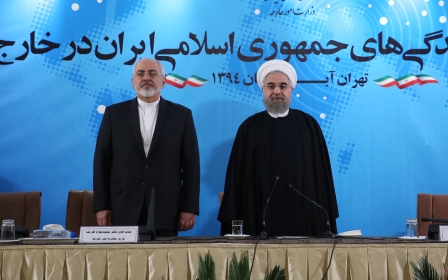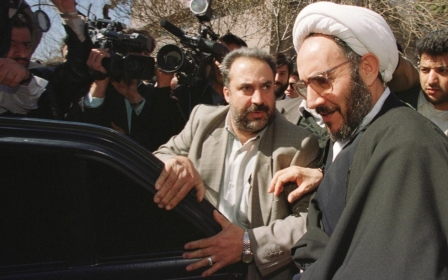Iran displays 'deterrence power' with missile tests

The Islamic Revolutionary Guards Corps (IRGC) has grabbed global headlines by staging a series of impressive missile tests dubbed Eqtedar-e-Velayat (Power of Islamic Sovereignty).
These tests have drawn knee-jerk condemnatory reaction from Washington tempered by an admission that the tests don’t violate last year’s historic nuclear accord.
More broadly, the Western media has tried to paint the tests as part of an intensifying power struggle between the IRGC and the administration of President Hassan Rouhani.
However, the tests have little (if any) relation to power struggles in Tehran or disagreements over foreign policy in the wake of the Rouhani administration’s diplomatic charm offensive.
Foremost, the missile tests are a demonstration of deterrent power in an atmosphere of escalating regional inter-state rivalry and strategic uncertainty.
The demonstration of capability notwithstanding, the tests inadvertently underline Iran’s relative military weakness as ballistic missiles cannot forever compensate for deep structural weaknesses in the conventional forces sphere.
Missile power
By all accounts the IRGC had timed and conditioned the latest missile tests to elicit a strong reaction from Israel and the United States. In terms of the propaganda value of the tests, the Revolutionary Guards’ deputy commander and chief strategist, Brigadier-General Hossein Salami, led the charge by claiming that the tests reinforced the Islamic Republic’s position as one of the leading ballistic missile powers in the world.
Salami’s insistence that the Islamic Republic will press ahead with its wide-ranging ballistic missile programme despite international pressure and the threat of sanctions was reinforced by a similarly defiant message by Brigadier General Amir Ali Hajizadeh, the commander of the Revolutionary Guards Aerospace division.
By claiming that post-nuclear deal, Iran’s ballistic missile programme is now the primary focus of US and other “intelligence services,” Hajizadeh is in effect anticipating a drawn-out political and diplomatic battle with the United States over the end point of Iran’s missile capability.
Rhetoric aside, and beyond the tests’ propaganda value, it is important to note that the achievements demonstrated in the latest tests are real. Besides demonstrating the established power of the mid-range Shahab 1 & 2 ballistic missiles, the latest tests showcased the long-range Qadr F & H, with the former achieving a reported range of 2,000 km.
By frequently staging missile tests the IRGC’s aerospace division (which ranks as the Revolutionary Guards’ most sophisticated component) maintains the necessary momentum for continuous innovation and technological breakthroughs in the ballistic missiles sphere.
At this rate, and from a purely technological point of view, the IRGC is set to achieve intercontinental ballistic missile (ICBM) capability within a decade. Whether the political and diplomatic climate, notably escalating pressure from the United States, will acquiesce to this outcome is another matter altogether.
Incomplete deterrence
The IRGC’s extensive ballistic missile arsenal constitutes Iran’s sole means of deterrence against powerful regional and extra-regional foes. By regularly testing missiles, and showcasing advances, the Islamic Republic attempts to contrive parity and strategic equilibrium with its most powerful foes.
In terms of the modality and efficacy of deterrent power, this is achieved in two ways. First, by extending the range and improving the precision of its missiles, Iran demonstrates an ability to strike Israel as well as US bases across the region and as far away as Eastern and possibly Central Europe.
Second, by stockpiling thousands, and possibly tens of thousands, of short and mid-range ballistic missiles, the Islamic Republic is intent on achieving the “swarming” effect, notably the ability to overwhelm an enemy’s position by quantitative means.
This capability was showcased last October when the IRGC revealed the existence of highly elaborate and apparently impenetrable missile “tunnels” across the country.
The “swarming” strategy is in part guided by the experience of the July-August 2006 war between Israel and Iran’s ally Hezbollah. By firing tens of thousands of rockets at Israel, Hezbollah was able to disproportionately influence Israel’s war strategy and consequently lay a credible claim to victory.
Iran’s existing missile stockpile is more than sufficient to deliver devastating blows against foes like Saudi Arabia and Israel. Moreover, in the unlikely event of a military confrontation with the United States, the Islamic Republic can deploy its missile arsenal to moderate US military behaviour with a view to securing speedy de-escalation.
Nevertheless, absent powerful conventional forces, notably a credible air force, Iran is at a remarkable disadvantage vis-à-vis its potential enemies.
In the final analysis, the pace and eventual end point of Iran’s ballistic missile programme will be in large part determined by the country’s ability (or lack thereof) to develop sufficiently formidable conventional forces capability.
By denying Iran the opportunity to achieve conventional balance of power with its major regional adversaries, Washington unwittingly pushes the Islamic Republic toward ICBM capability.
- Mahan Abedin is an analyst of Iranian politics. He is the director of the research group Dysart Consulting.
The views expressed in this article belong to the author and do not necessarily reflect the editorial policy of Middle East Eye.
Photo: A handout picture released on 8 March, 2016 by Sepah News, the online news site and public relations arm of Iran's Islamic Revolutionary Guard, shows a member of the Revolutionary Guards next to a missile launcher in an underground tunnel at an undisclosed location in Iran (AFP/SEPAH NEWS).
Middle East Eye propose une couverture et une analyse indépendantes et incomparables du Moyen-Orient, de l’Afrique du Nord et d’autres régions du monde. Pour en savoir plus sur la reprise de ce contenu et les frais qui s’appliquent, veuillez remplir ce formulaire [en anglais]. Pour en savoir plus sur MEE, cliquez ici [en anglais].





